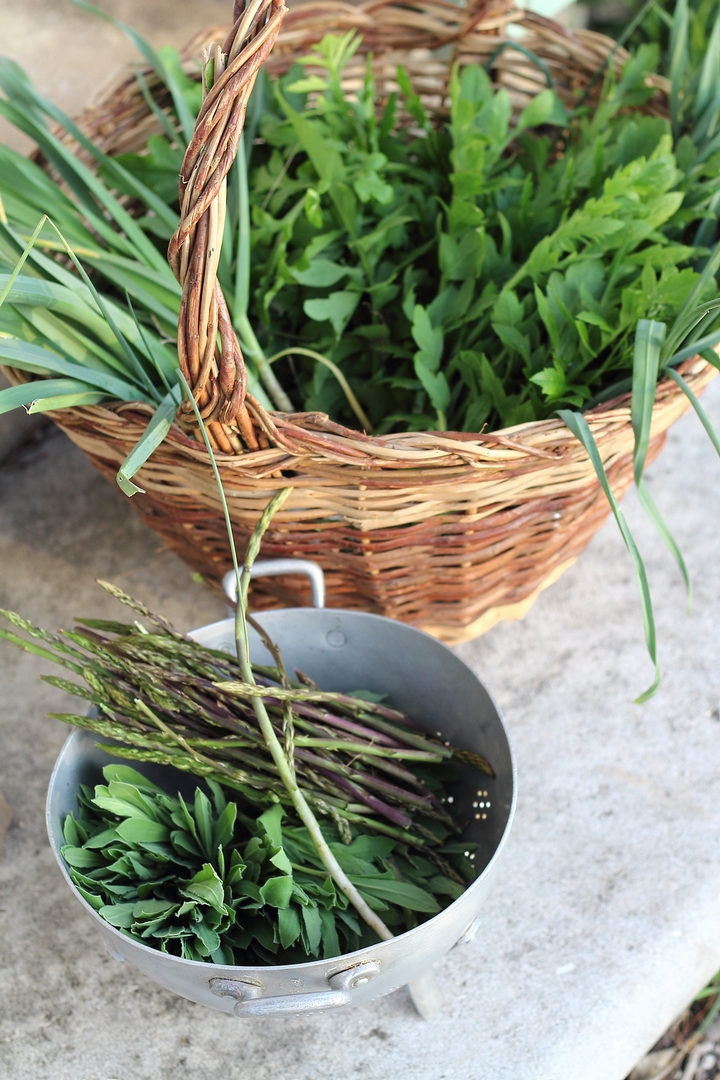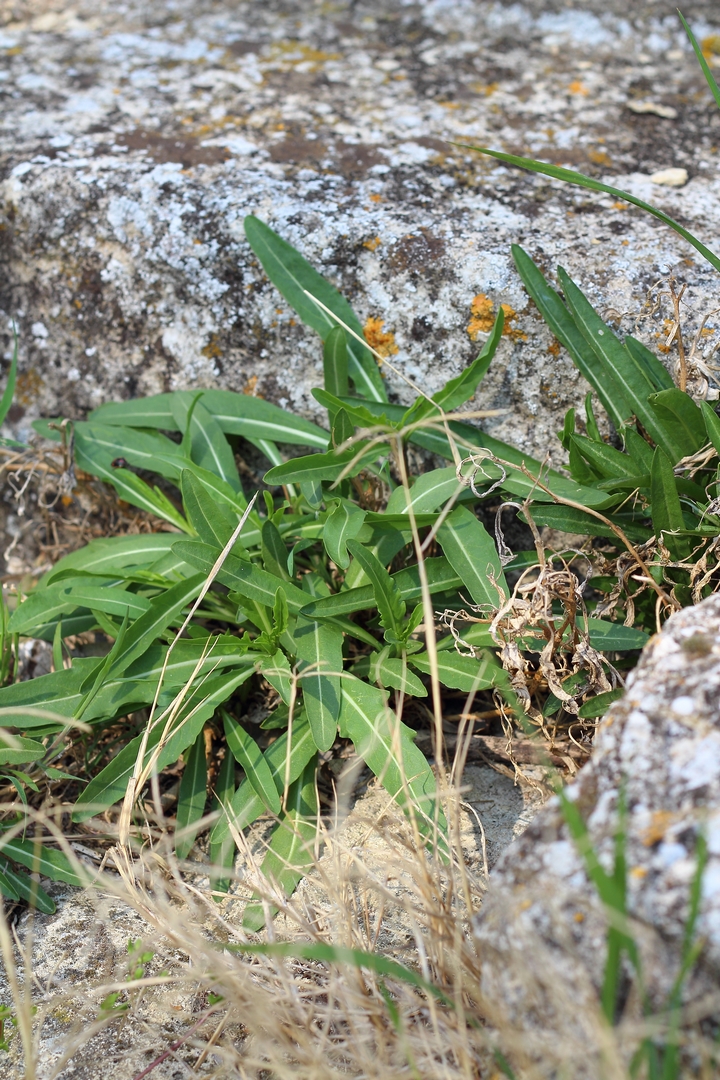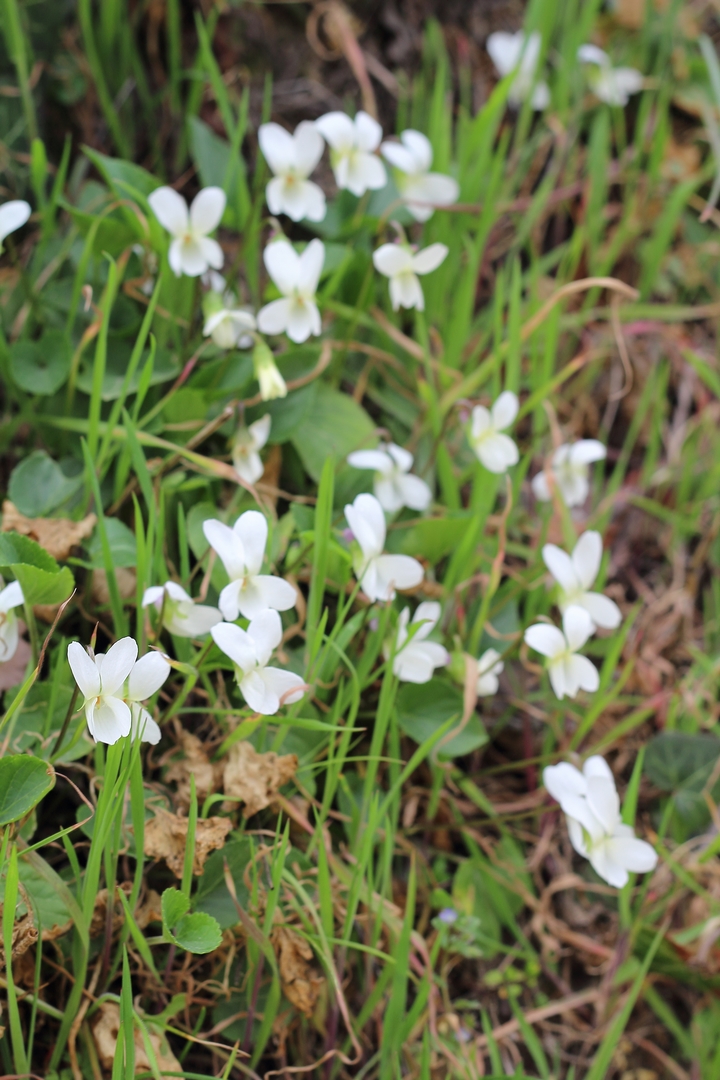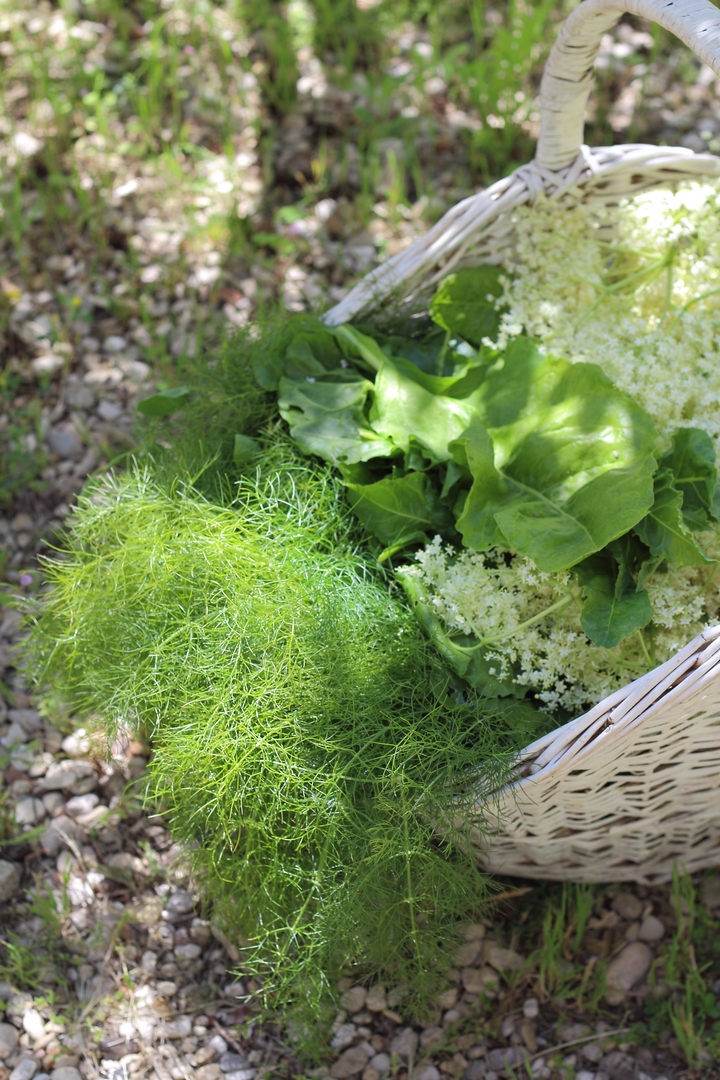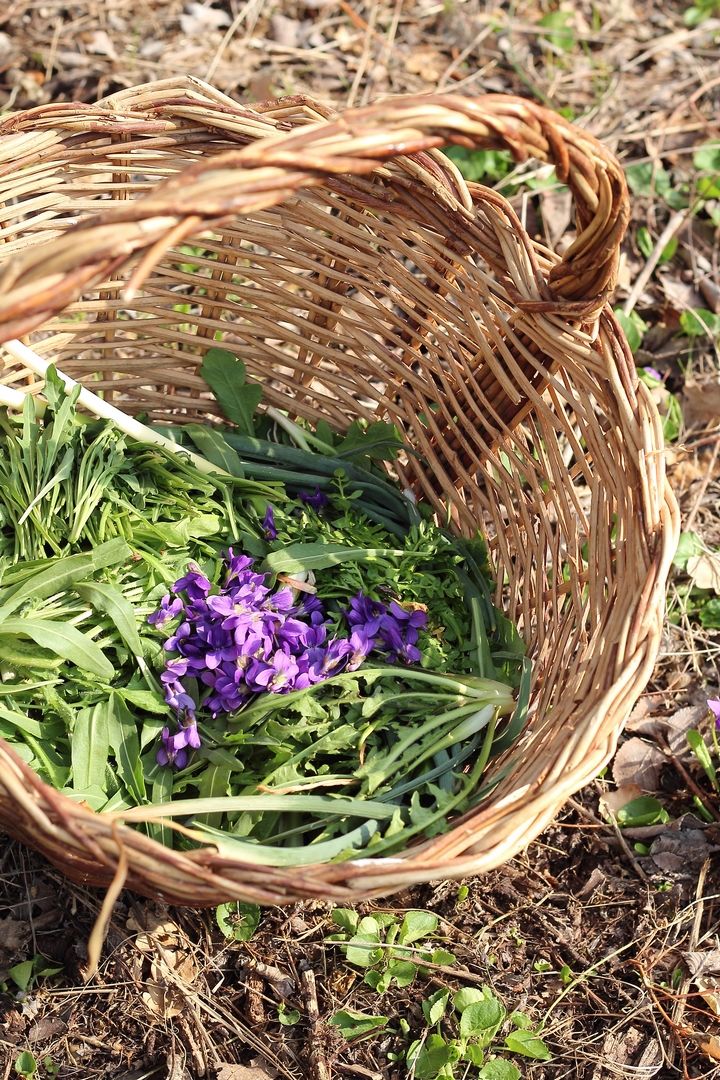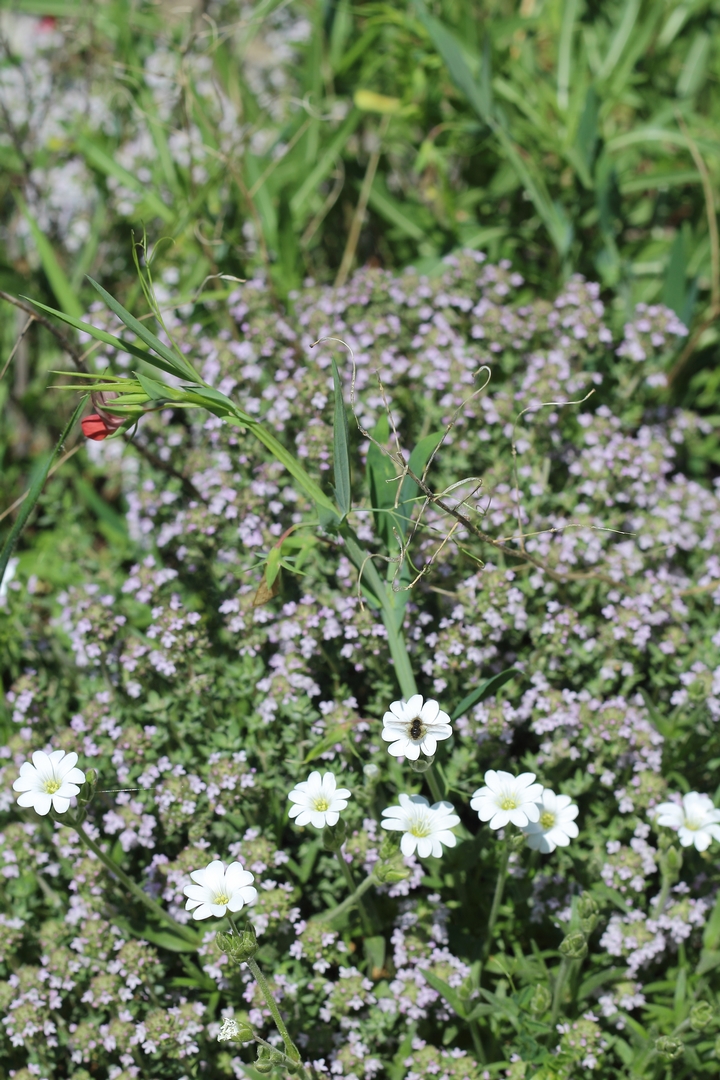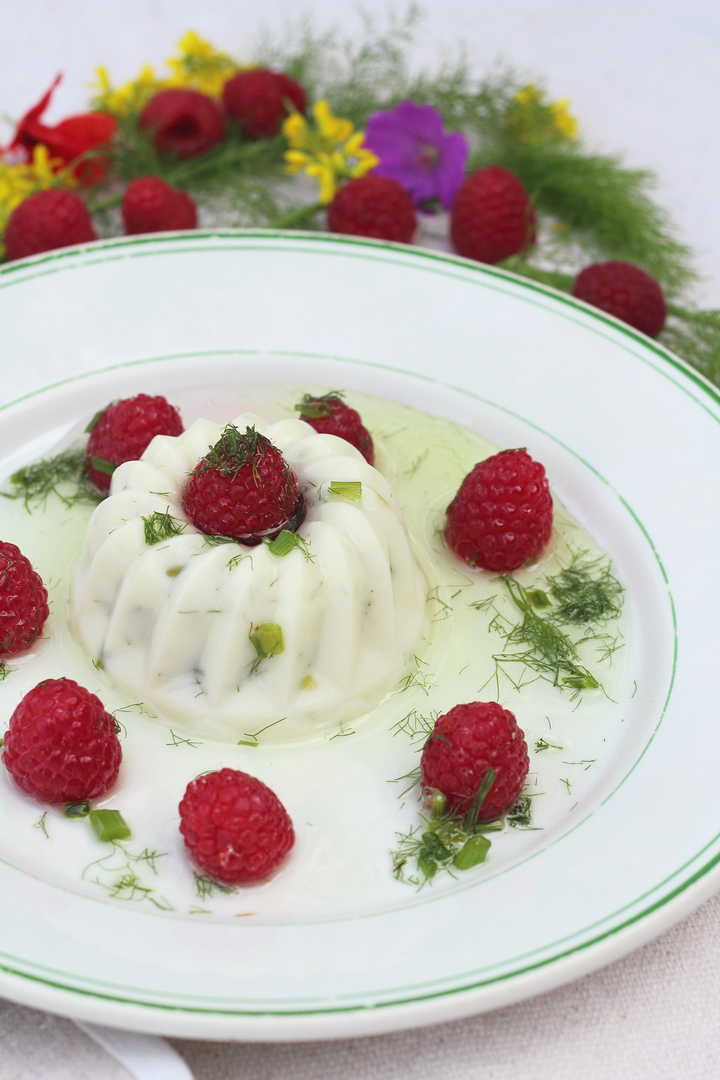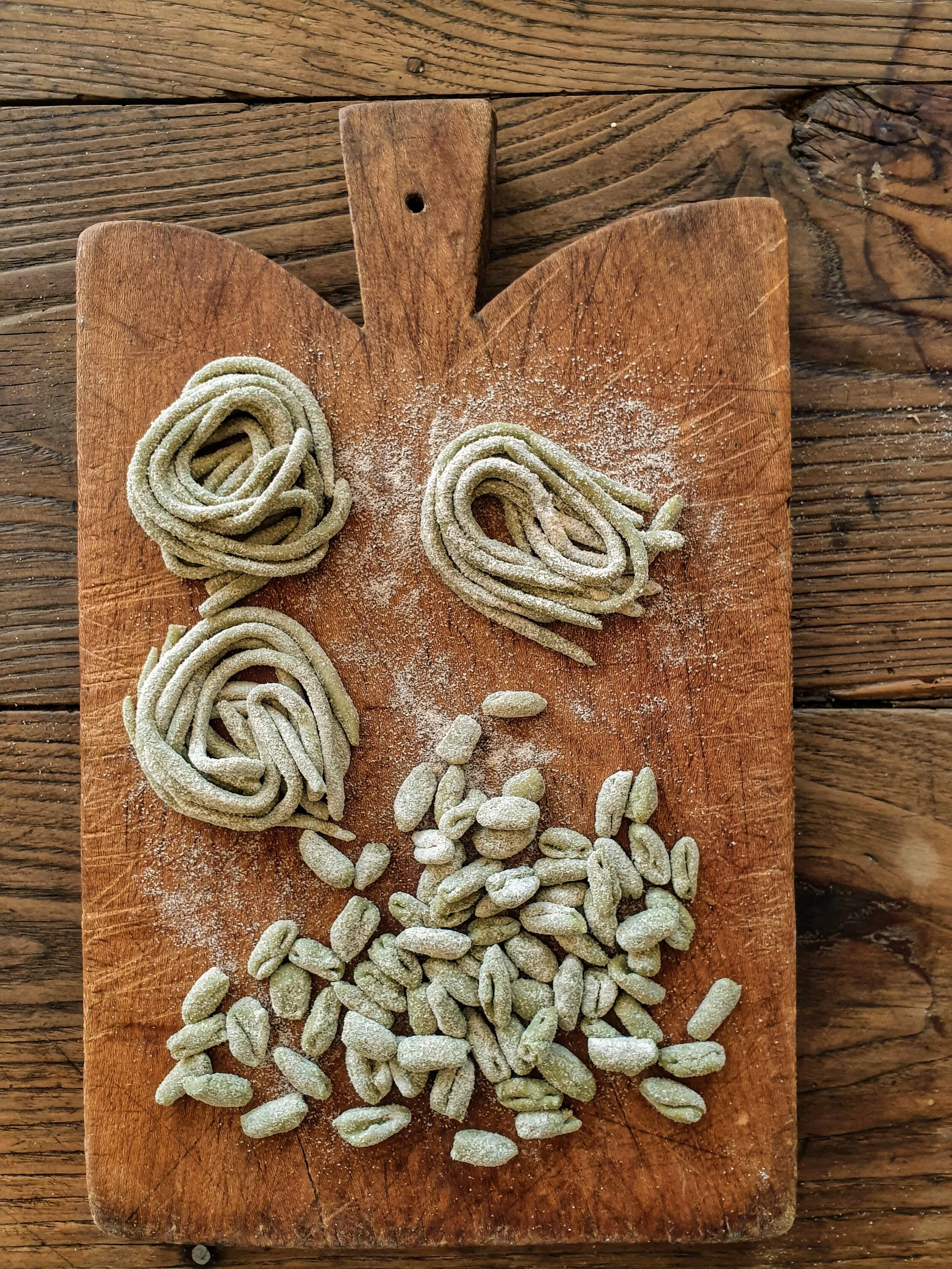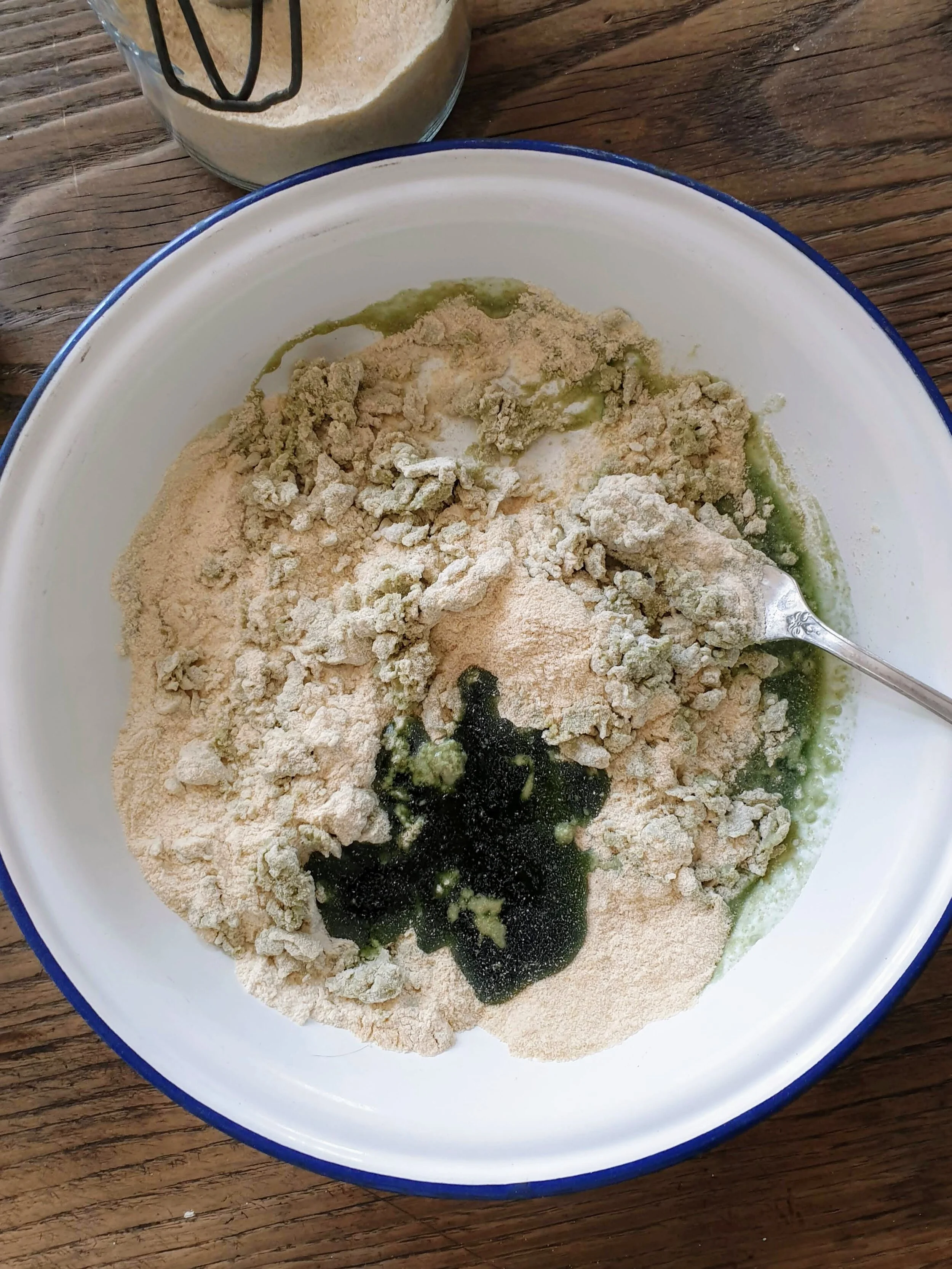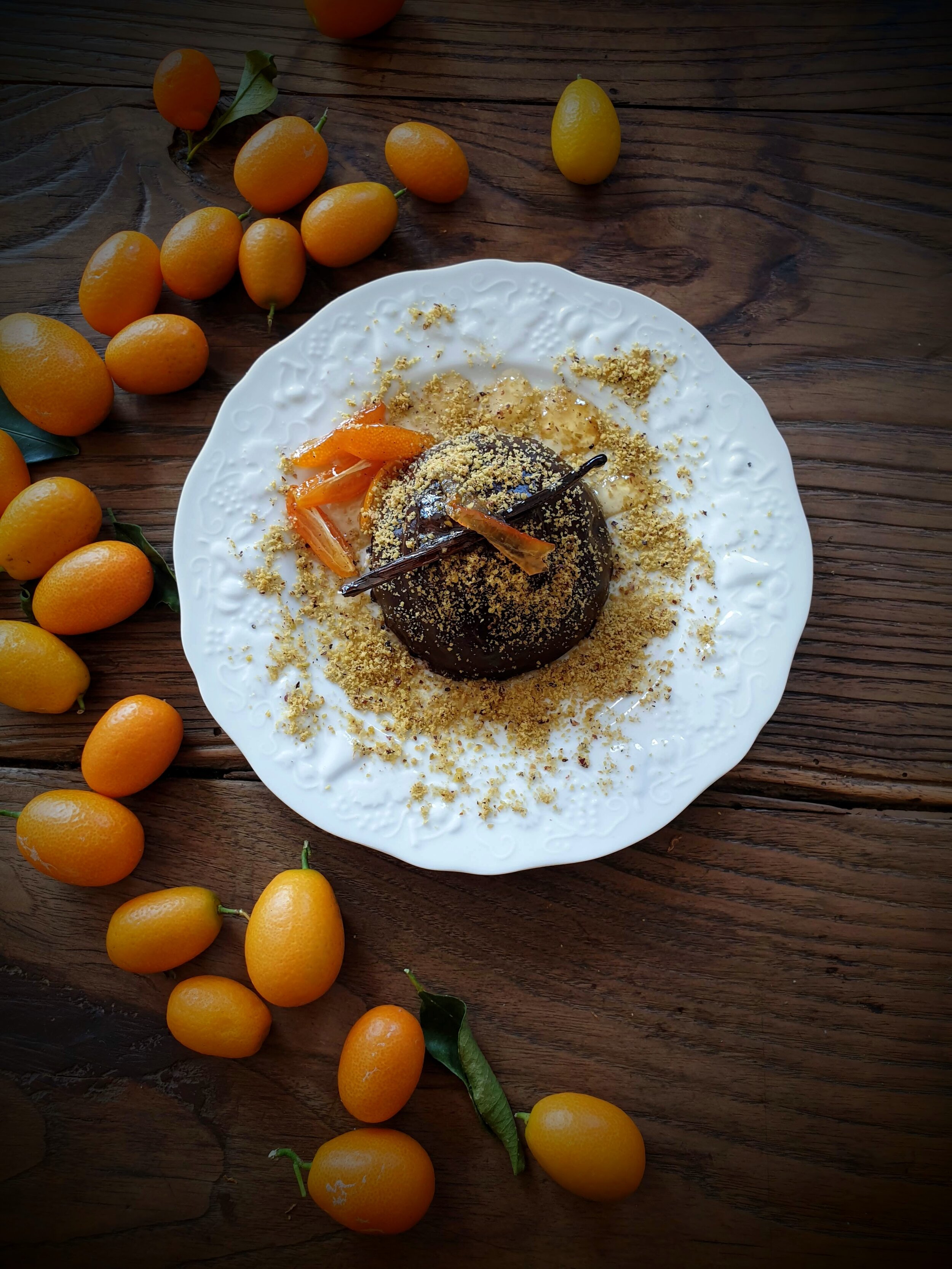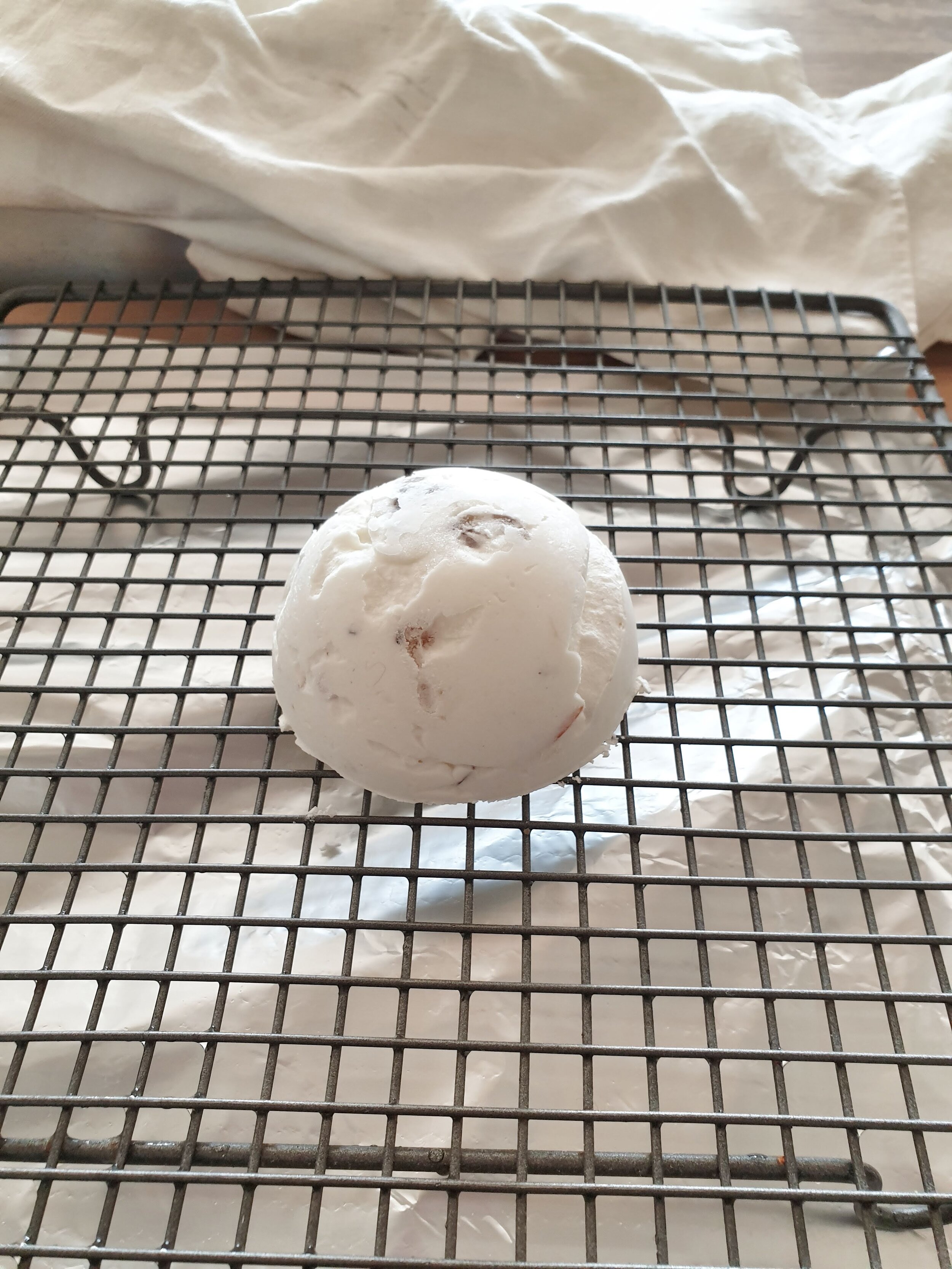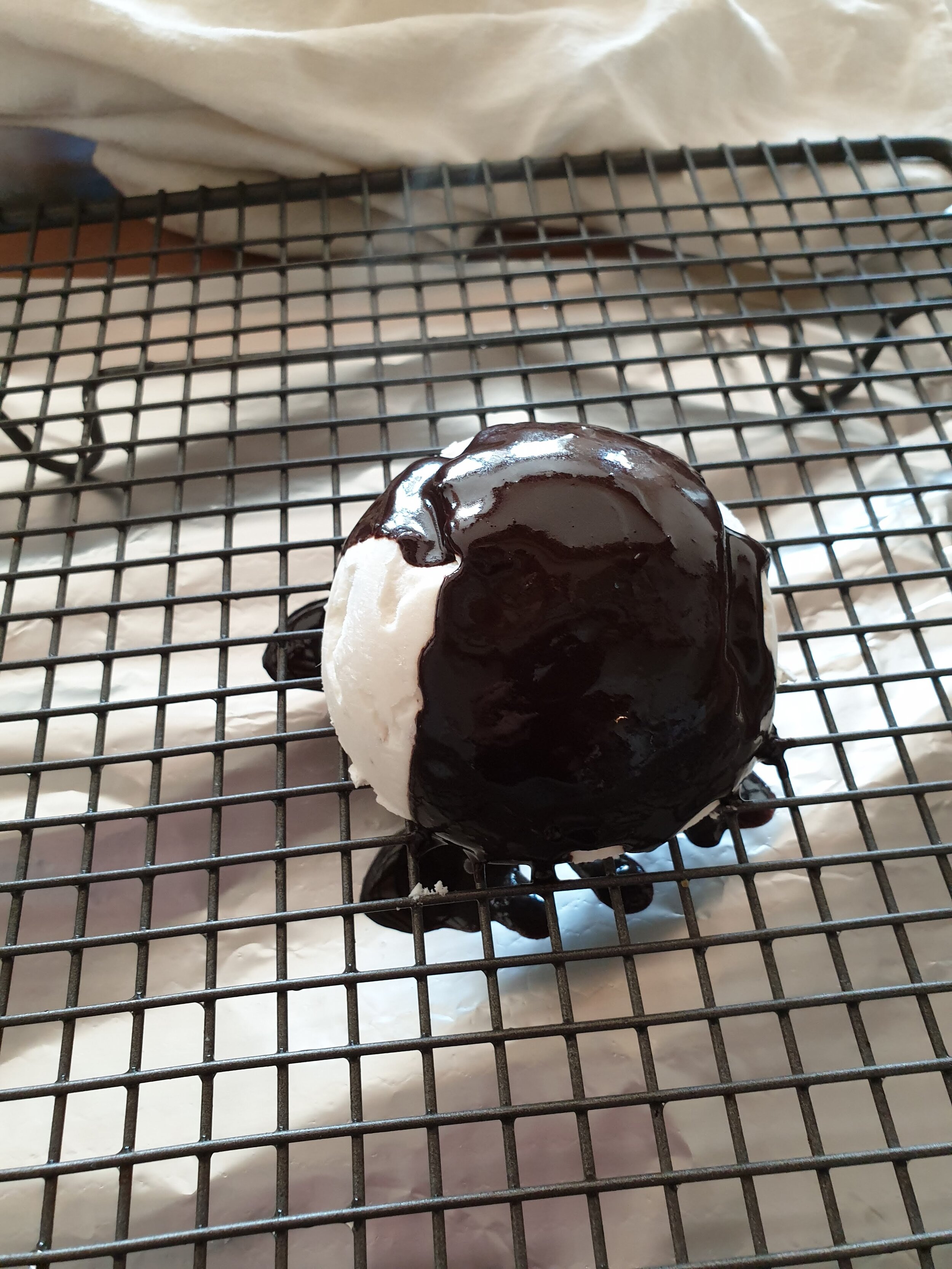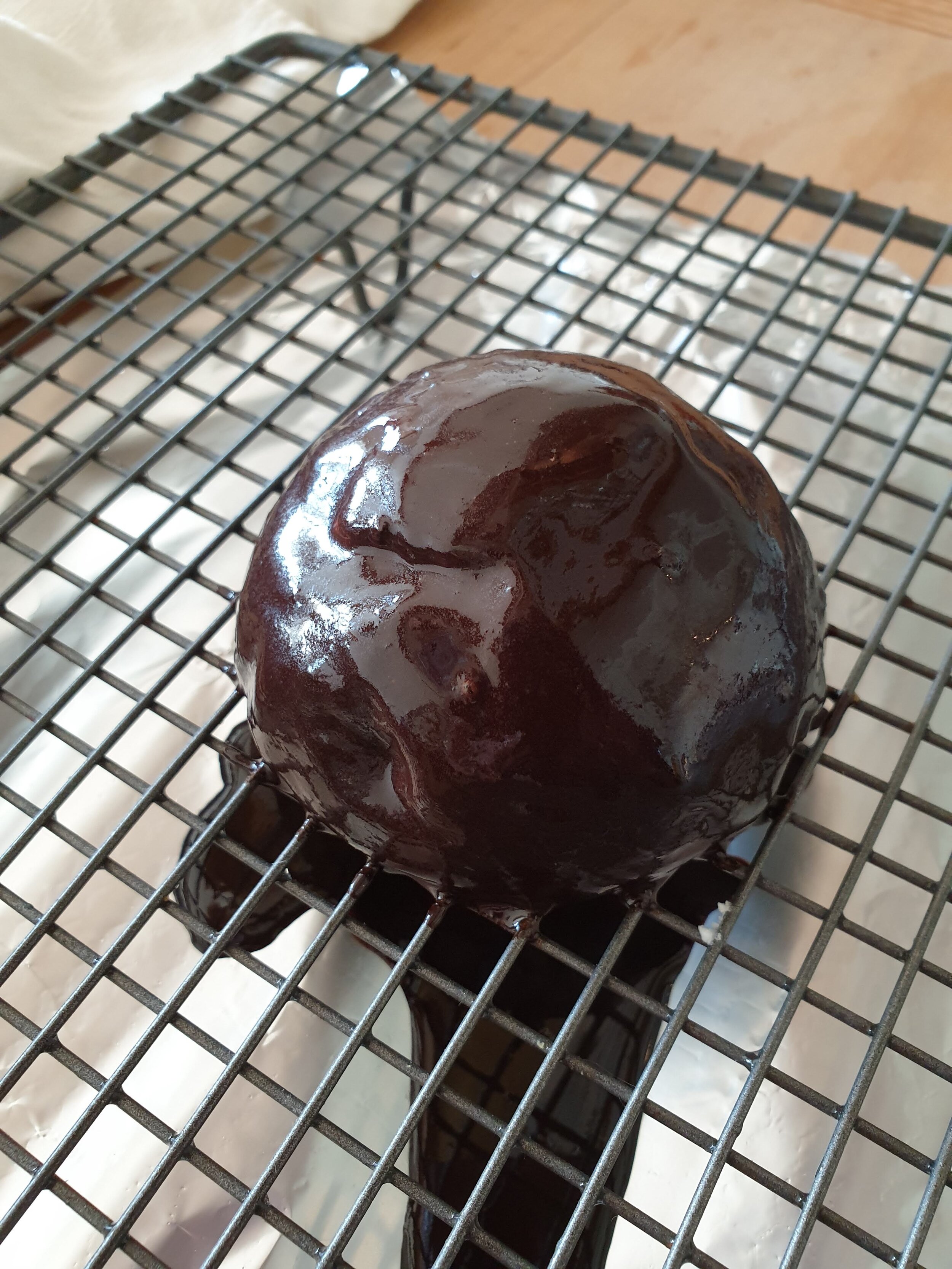Foraging is a tradition in the Venetian countryside, and as such, it’s deeply rooted in my culture. I can get lost for hours wandering around my secret places and gathering all kind of different vegetables that Mother Nature so kindly offers to us in generous amounts. The best season is springtime; after the dark and cold winter days everything comes back to life with an explosion of colours and flavours. I remember when I went with my mother in the deserted fields, before farmers started ploughing the soil to pick up dandelions and poppies’ greens that she cooked together; being the poppies rather sweet they were used to balance the bitterness of the others, though as an adult today I really appreciate bitter taste. I am living in Provence now and from March till the end of May we can gather quite a variety of wild food as leeks, asparagus, silene, hops, dandelions, chicory, wild rocket, wild broccoli and many others. I come home and use them to cook different recipes from traditional ones to others I developed myself, but the challenge for me was to find something to make a dessert with. One day I tried making a very simple Panna Cotta flavoured with wild fennel, that I discovered being so delicious cooked in syrup. I chose raspberries but you can serve it also with strawberries: the acidity and freshness of fruits balances the velvety sweetness of panna cotta and matches wonderfully with the aniseed flavour of fennel. It is a light dessert to serve after an elegant dinner.
Rice with foraged greens
Wild Fennel Panna Cotta with Raspberries
Ingredients for 4 servings
400 ml of fresh liquid cream (30% of fat)
10 gr of jelly in sheets
200 gr of sugar
400 ml of water
A pinch of salt
250 gr of raspberries
Two branches of wild fennel washed and finely chopped
First of all prepare the syrup: put the water and sugar to boil, let cook slowly for about 15 minutes or till the syrup begins to thicken and makes bubbles, add the fennel and turn off the fire. Let cool, in the meantime prepare the panna cotta: pour the cream in a saucepan, add the pinch of salt and warm it gently, doesn’t need to boil but it should be warm enough to dissolve the jelly. Soak the gelatine leaves in cold water till they get soft, then drain and add to the warm cream, mix very well and add 200 ml of the syrup you’ve prepared before. Stir to combine and pour in silicone moulds, refrigerate for at least 4 hours but you can keep it 1 or two days well covered with a film. Wash quickly the raspberries, put them in a bowl, add the remaining syrup and mix very gently. To serve: unmould the panna cotta, place in the middle of a dessert dish, garnish with the raspberries and syrup and serve.

